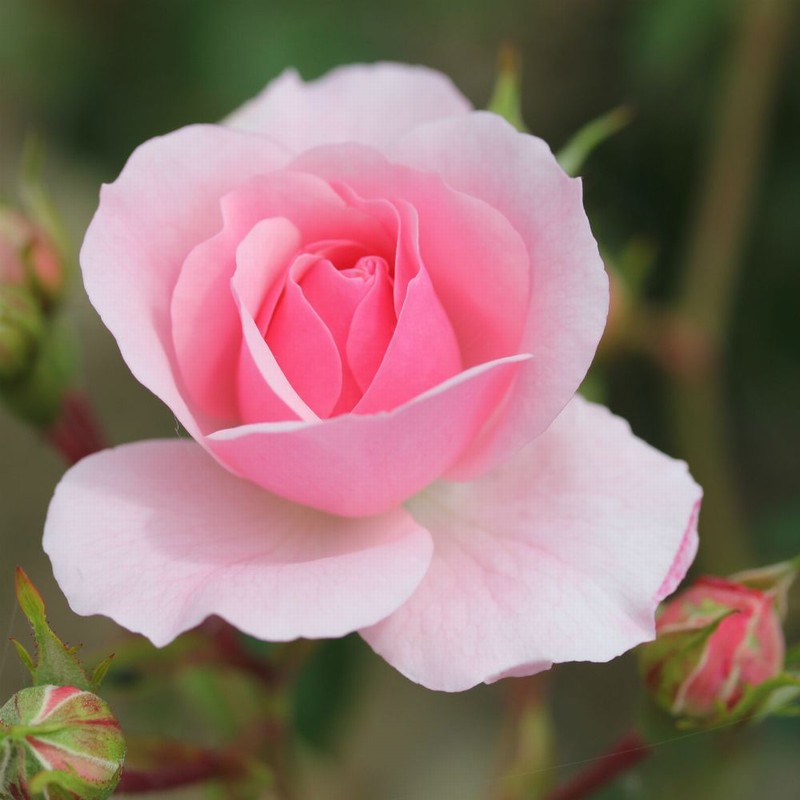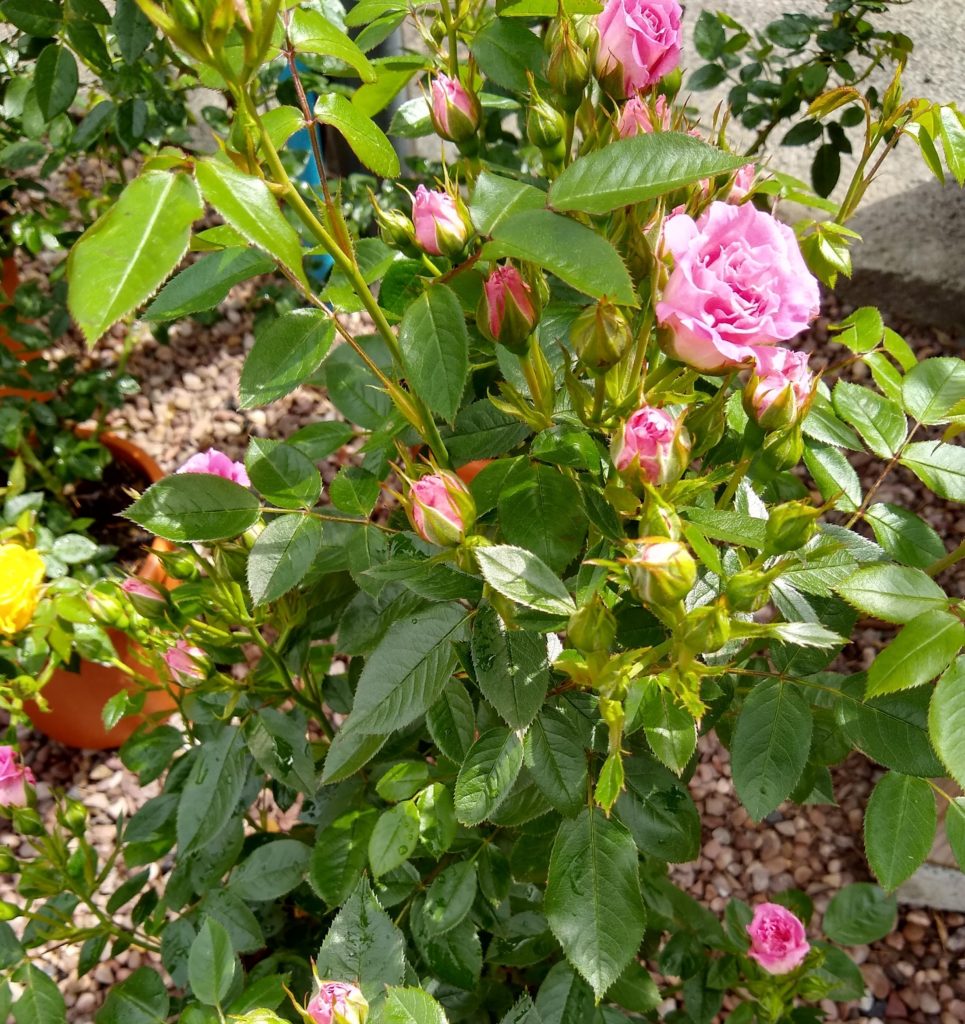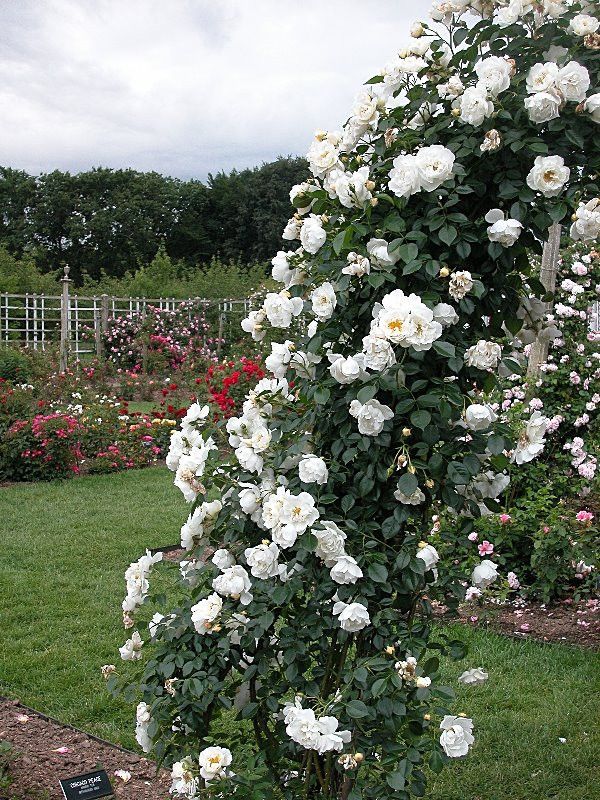
Roses are beautiful garden plants and come in a variety of forms. Growing roses can add much to your garden, providing colour and fragrance. Nearly all of them make an excellent cut flower. Single flowered roses are also great for pollinators, and some leafcutter bees use rose leaf to make their nests.
Click here to see what roses we currently have in stock.
In this update we give you a summary of the types of roses, and what they need to thrive.
Growing Roses – Key Points
- Most roses like full sun and a rich, moist, but well drained soil.
- They’re greedy plants – water them regularly to keep the soil moist (but not waterlogged). Mulch annually with organic matter like garden compost or manure. You can even use a rose feed to promote flowering in summer.
- Prune them annually – this promotes healthy growth, controls the shape, and encourages flowering.
- Container-grown roses can be planted at any time of year.

Shrub Roses
There are a huge variety of shrub roses and English roses, but they’re all typically robust, repeat-flowering plants which can provide colour in your garden when other shrubs have finished flowering.
They can be grown in a border, large container, or as part of a rose garden.
If you want scent, then go for an English rose.

Patio Roses
Patio roses are compact and so small enough to grow in pots (but use a deep pot, at least 50cm diameter and depth). They prefer lighter soils than many other rose types. Use a loam based compost, like John Innes as it won’t dry out as quickly.
Whilst not as long lived as shrub roses or climbers, they’re easy to manage and you can keep nice and compact if your prune them hard each Spring. Perfect for a sunny patio or small garden.

Climbing Roses
These are great for adding height to your garden, and aren’t as vigorous as rambling roses. They can be trained on walls or up structures like arbors or pergolas.
Available with double or single flowers (better for pollinators), thornless or scented.
Planting a rose
- In the area where the rose or roses are to be planted, mix in at least one bucket of well-rotted organic matter per square metre, forking it into the top 20-30cm (8in-1ft) of soil. Farmyard manure is ideal for this.
- Apply general fertiliser, over the surface of the planting area and fork it in to the same depth as the organic matter. Note: if you are using a mycorrhizal fungi then it is best not to apply a fertiliser at all as phosphorus (found in general fertilisers and superphosphate) can suppress the fungus.
- For each rose dig a hole roughly twice the width of the plant’s roots and the depth of a spade’s blade.
- Carefully tease out the roots of container plants because, if this is not done, the roots may be very slow to extend outwards, leaving the young plant more susceptible to drought in summer.
- Place the rose in the centre of the hole and, using a small cane to identify the top of the planting hole, ensure the graft union (i.e. where the cultivar joins the rootstock and the point from which the branches originate) is at soil level (not below as this is reported to increase the risk of rose dieback).
- Back-fill gently with the excavated soil and organic matter mixture